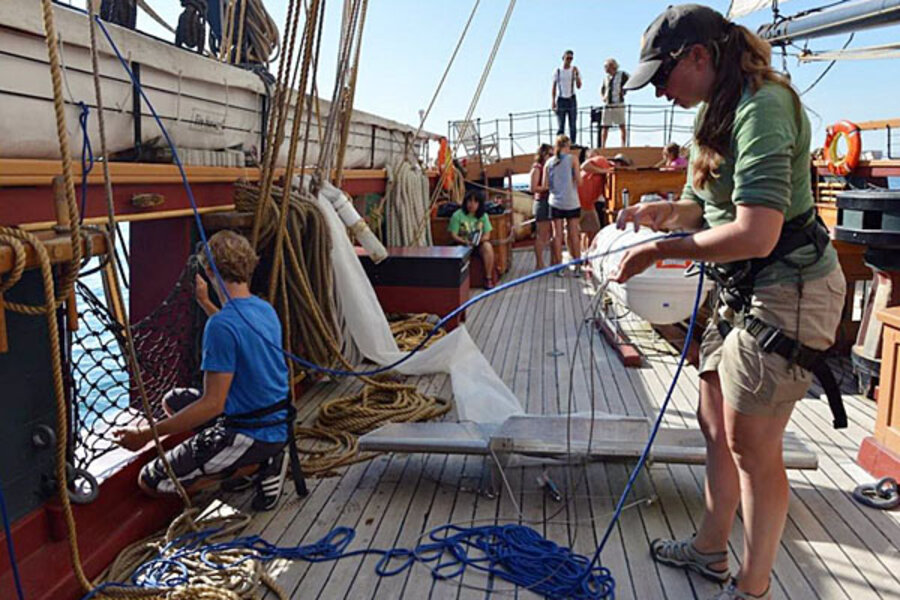Plastic debris in freshwater lakes rivals concentrations in oceans
Plastic is leaching not only into the world's salty oceans, but also freshwater mountain lakes.
German scientists studied beach sediments from Lake Garda, a popular tourist destination nestled in Italy's northern alpine region. The freshwater lake is also a source of drinking water and offers a setting in stark contrast to the world's polluted oceans. (By some estimates, as much as 80 percent of seawater litter is plastic.)
But researchers found that this remote, subalpine lake actually contained about as many microplastic particles as scientists have found in marine beach sediments. Using microspectroscopy, the team discovered that the particles typically hailed from larger particles of consumer products.
"We show that even in a subalpine lake the amount of plastic particles is reaching similar magnitudes as in marine environments," the team wrote in the study.
Among the smaller particles, scientists found polyvinylchloride – considered one of the five most hazardous plastic polymers.
The researchers also warn that the size of the microplastics found on the Lake Garda beaches means a number of freshwater organisms could be ingesting them, creating the risk of build-up in their bodies.
"The resulting bioaccumulation of microplastic particles underpins that contamination with plastic debris may be as hazardous to the biota of freshwater habitats as for marine organisms," they wrote.
The findings are the latest evidence that suggests plastic debris is as big a problem in freshwater as in the ocean. The research complements a 2010 study that examined plastic particles in Lake Huron (one of North America's five Great Lakes). Plastic pellets, which fish can mistake as food, made up 94 percent of the plastic scientists found.
Just two years later, researcher Sherri Mason at the State University of New York at Fredonia discovered a surprisingly high concentration of plastic in the Great Lakes.
This growing body of research raises anew the concern about the journey of plastic from product to ocean dump to dining room table. One Scripps team dissected 141 North Pacific fish and found that about nine percent had plastic in their stomach. But scientists are still studying whether plastic in the fish food chain is actually reaching humans.






